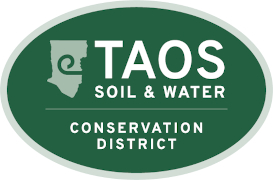Canada Thistle
Cirsium Arvense
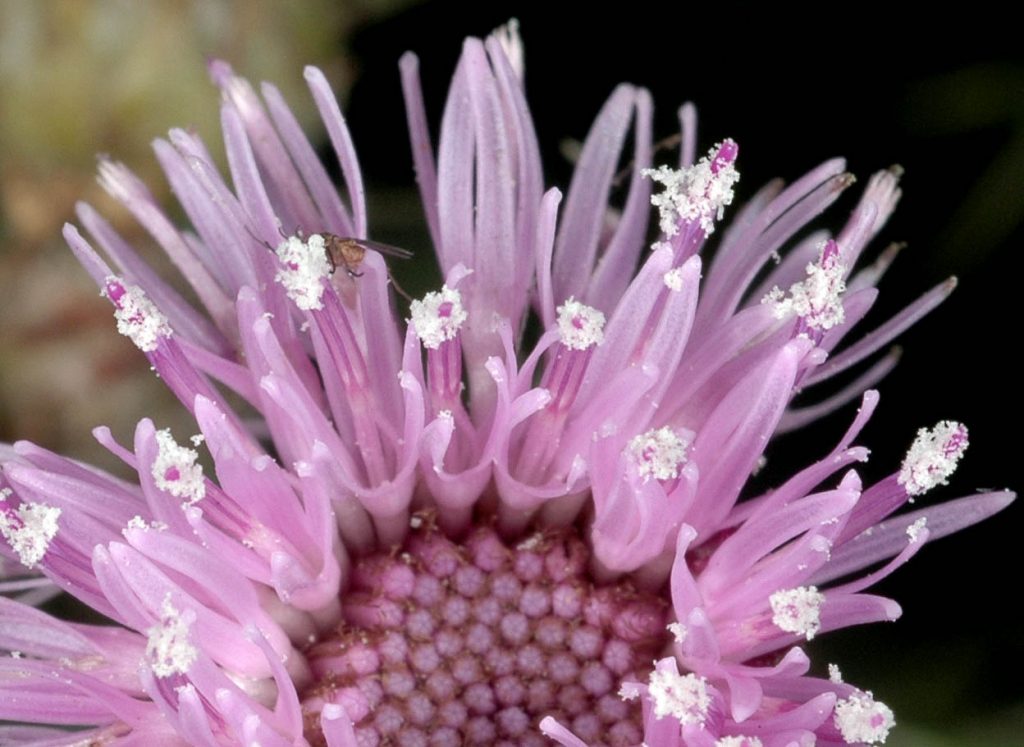
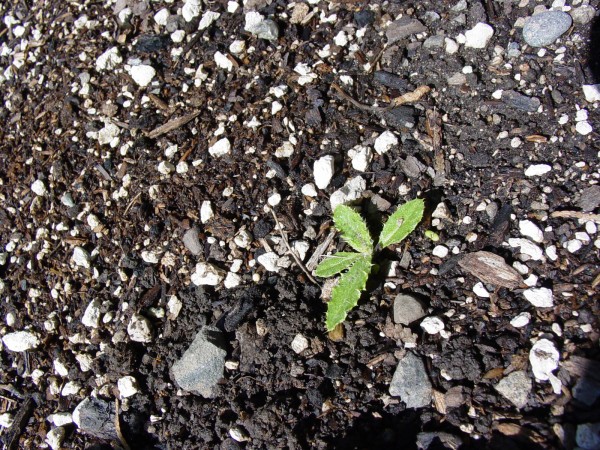
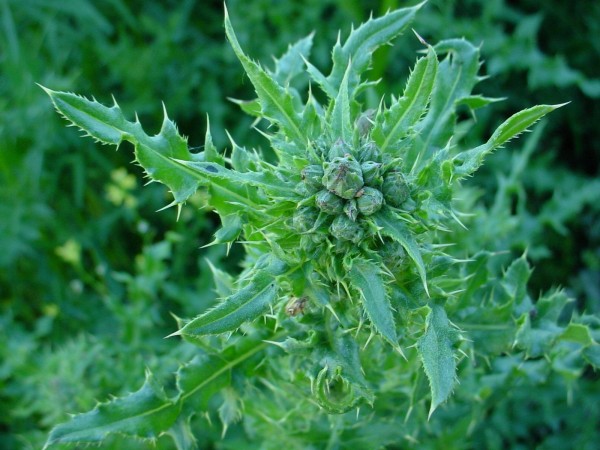
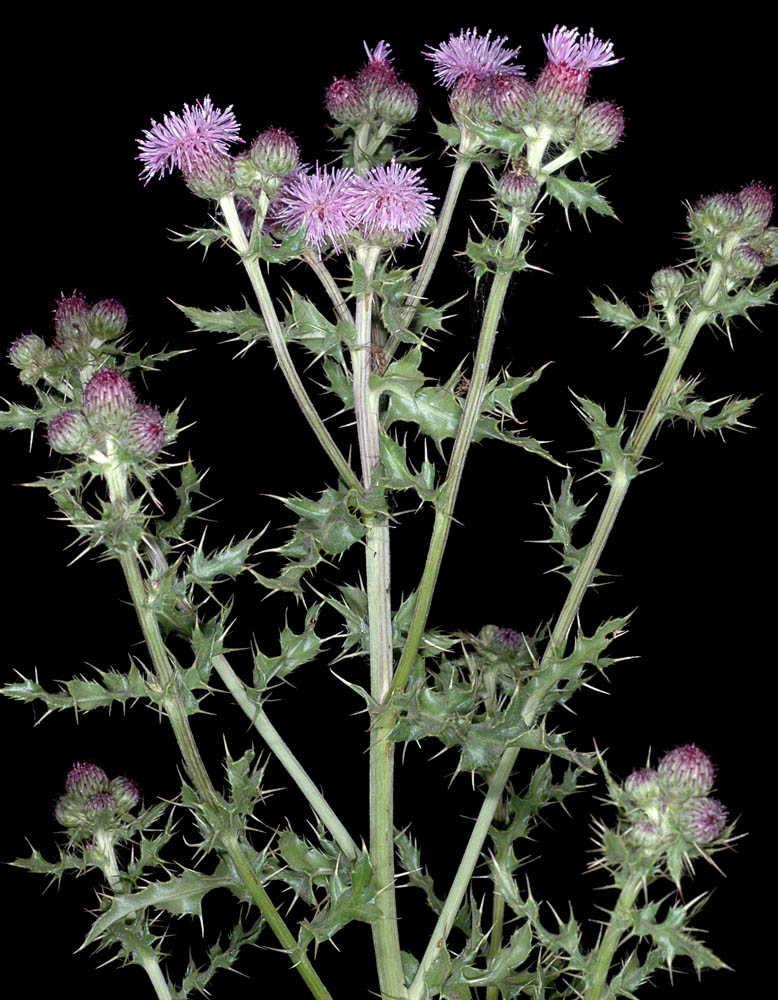
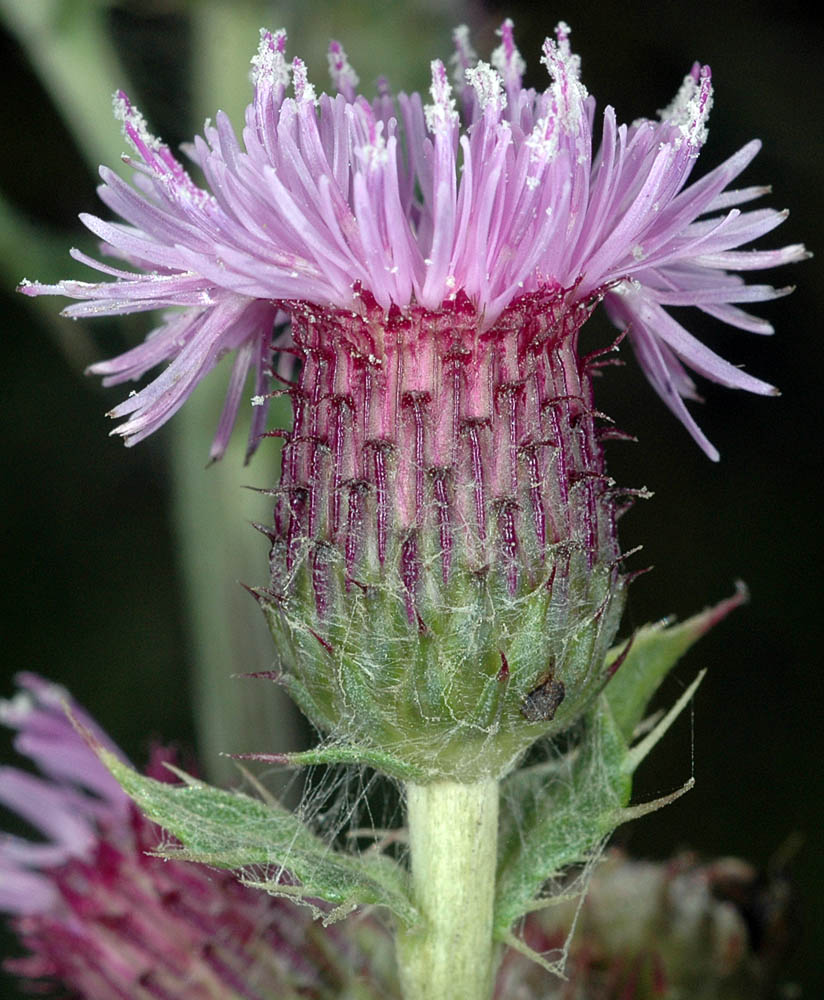
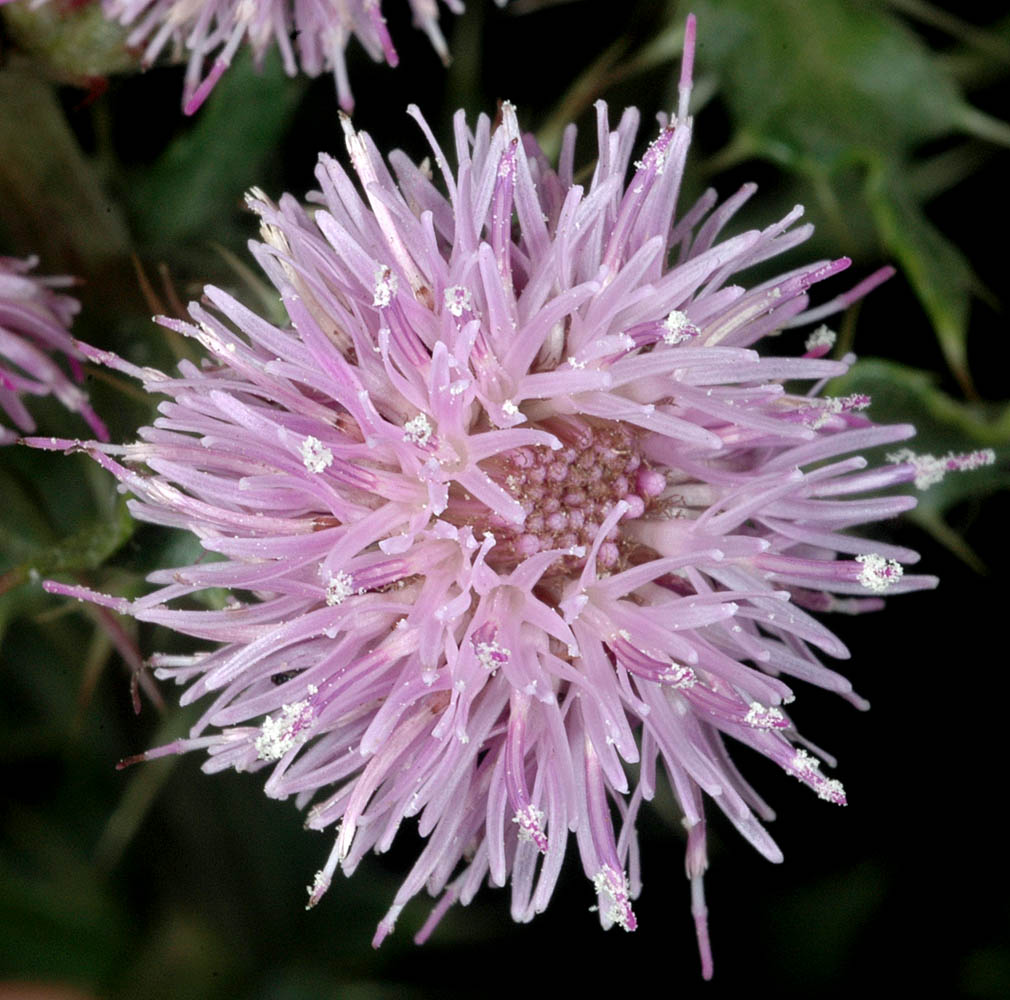
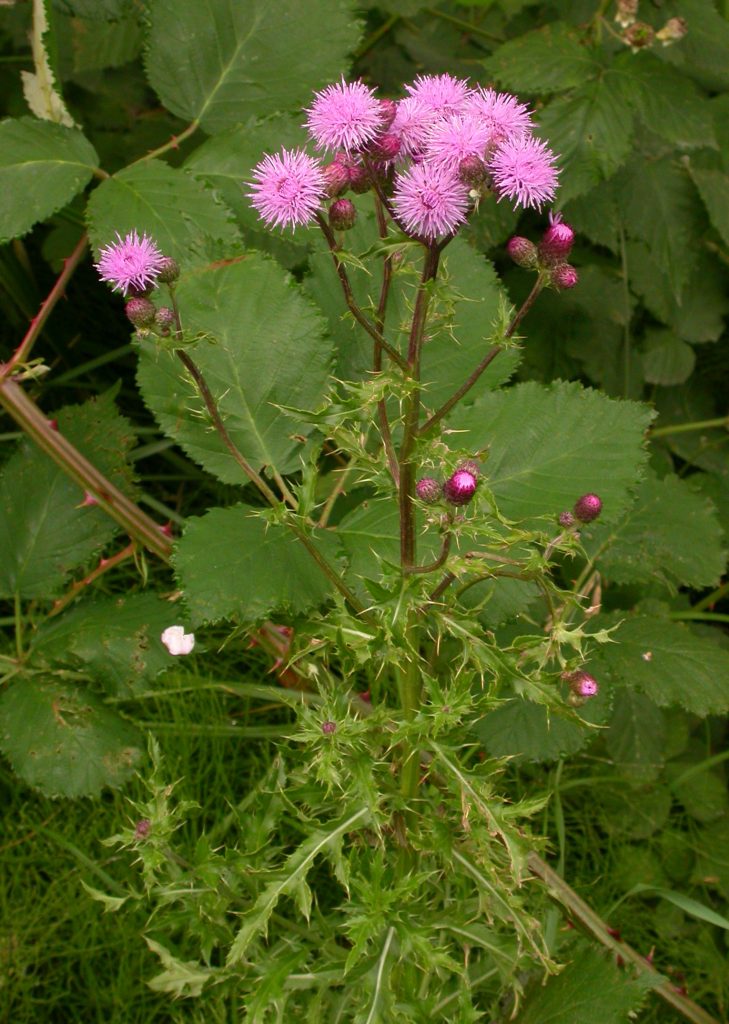
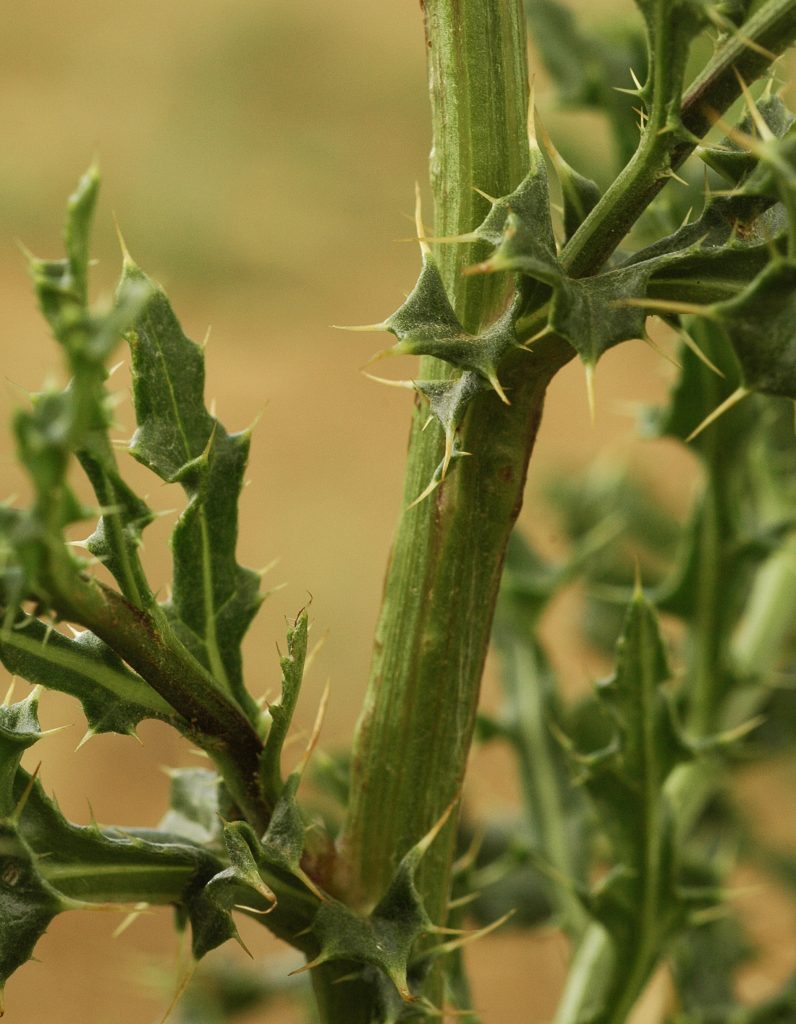
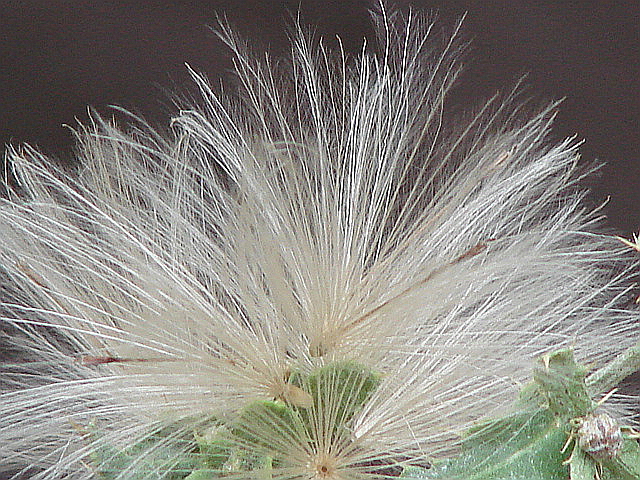
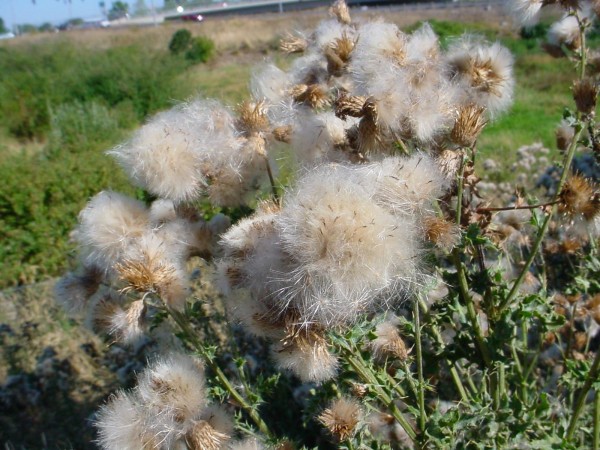
Canada thistle is an aggressive, creeping perennial weed that infests crops, pastures, gardens, rangeland, roadsides, parks, and other noncrop areas. Generally, infestations start on disturbed ground, including ditch banks, overgrazed pastures, tilled fields or abandoned sites. Cattle typically will not graze near infestations. It is very difficult to control because it reproduces from vegetative buds in its root system and from seeds which can be viable in soils fur up to 22 years.
Horizontal roots may extend 15 feet or more and vertical roots may grow up to 15 feet deep. Canada thistle emerges from its root system in mid-to-late spring (late April through May) and forms rosettes. It begins to flower in late spring to early summer.
The key principle to Canada thistle control is to stress the plant and force it to use stored root nutrients. Canada thistle can recover from almost any stress, including control attempts, because of root nutrient stores. Therefore, returning infested land to a productive state occurs only over time. Success requires a sound management plan implemented over several years.
View an educational video featuring New Mexico State University’s Extension Weed Specialist Dr. Leslie Beck! This video is specific to Canada thistle in Taos County and was the result of a collaboration between Taos Soil & Water Conservation District and New Mexico State University.
This information was primarily derived from the Colorado State University Extension website. For additional images and information on management methods, please visit: http://extension.colostate.edu/topic-areas/natural-resources/canada-thistle-3-108/

